Xiaomi HyperOS 2.0 is the latest version of Xiaomi’s operating system. Known as Surge OS2 in China, the official updates are already available for download. Xiaomi HyperOS 3 is not available yet.
It is designed for Xiaomi, Redmi and POCO smartphones and tablets, smartwatches, TVs, smart home devices, electric cars and other devices in Xiaomi’s ecosystem, which brings together more than 200 products from the Chinese company.
HyperOS 2.0 release date
The official release date for HyperOS 2.0 is 29 October 2024. On that day, Xiaomi unveiled the second generation of its operating system with the artificial intelligence-based Super Xiao Ai assistant.
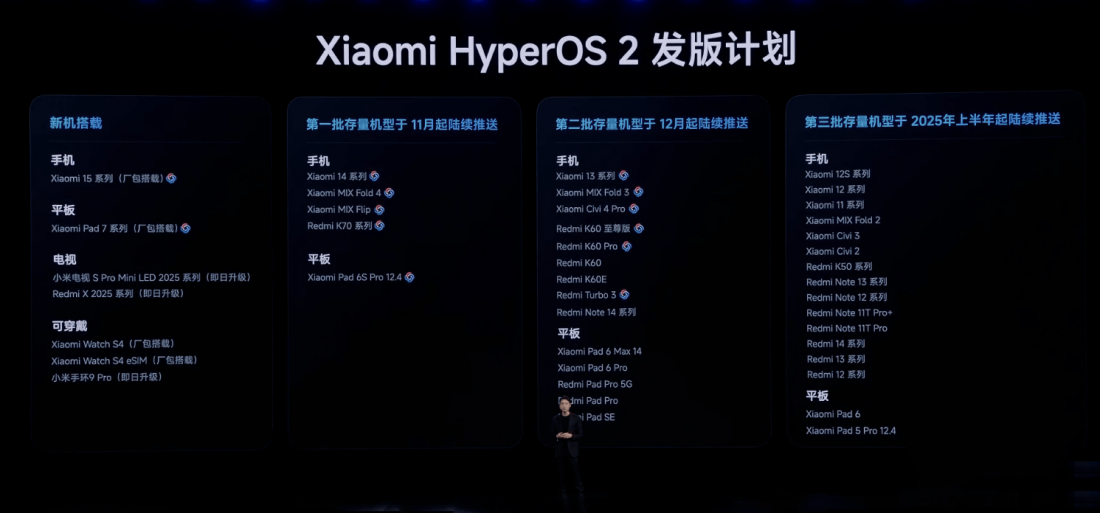
As with the first HyperOS, only the Chinese version was shown. The global version was not shown separately, but the release date of the global HyperOS 2.0 can be considered as 14 November 2024. It was on this date that Xiaomi’s official account published the release schedule for the global version:
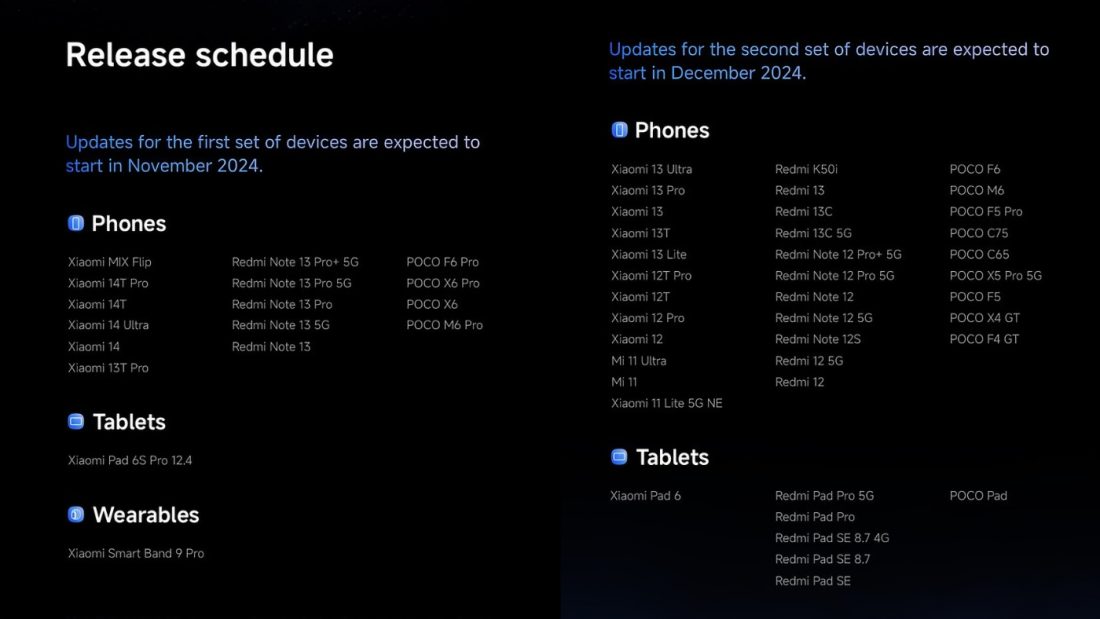
From this we can conclude when global HyperOS will be released in India: November-December 2024. The Indian version is usually released together with the global and European regions.
Which smartphones will get update
The global version of HyperOS 2.0 started rolling out to supported models of phones, tablets and smartwatches in November 2024. Chinese updates came a little earlier.
Find out which devices will get the update now:
Xiaomi HyperOS 2.0 is pre-installed on the new Xiaomi 15 series flagships and Xiaomi Pad 7 line of tablets. As well as on the Xiaomi Watch S4 smartwatch, including the eSIM version, and the Xiaomi TV S Pro Mini LED 2025 and Redmi X 2025.
Mi Band 9 Pro owners can download and install HyperOS 2.0 now. The global update for them will also be released in November.
The updates are gradually rolling out to Xiaomi 14 series and Redmi K70 series phones from November 2024.
Also from November 2024, the global version of HyperOS 2.0 will be available internationally on Xiaomi, Redmi and POCO devices.
Which global phones will be updated in November 2024:
- Xiaomi MIX Flip
- Xiaomi 14, 14T, 14T Pro, 14 Ultra
- Xiaomi 13T Pro
- Xiaomi Pad 6S Pro 12.4
- Redmi Note 13, 13 5G, 13 Pro, 13 Pro 5G, 13 Pro Plus 5G
- POCO F6 Pro
- POCO X6, X6 Pro
- POCO M6 Pro
This doesn’t mean that all of these devices will be updated in November – the first phase of updates starts this month. Some devices on the list may receive firmware a little later.

The second phase of Xiaomi, Redmi and POCO device updates begins in December. The global and Chinese firmware release waves will coincide.
Which phones will get HyperOS 2.0 Global in December 2024:
- Xiaomi 13, 13 Pro, 13 Ultra, 13T, 13 Lite
- Xiaomi 12, 12T, 12T Pro
- Xiaomi Pad 6
- Mi 11, 11 Ultra
- Xiaomi 11 Lite NE 5G
- Redmi K50i
- Redmi 13, 13C, 13C 5G
- Redmi Note 12, 12 5G, 12S, 12 Pro 5G, 12 Pro Plus 5G
- Redmi 12, 12 5G
- POCO F6
- POCO M6
- POCO F5, F5 Pro
- POCO C65
- POCO C75
- POCO X5 Pro 5G
- POCO X4 GT
- POCO F4 GT
- Redmi Pad Pro, Pro 5G, SE, SE 8.7, SE 8.7 4G
- POCO Pad
The ‘Chinese’ wave includes the entire Xiaomi 13 series, Xiaomi MIX Fold 3, Civi 4 Pro smartphones and Xiaomi Pad 6 Max 14, Pad 6 Pro tablets.
The HyperOS 2.0 update will reach the Redmi K60, K60 Pro, K60 Extreme Edition, K60E and Redmi Turbo 3 in December.
The Redmi Pad Pro, Pad Pro 5G and Pad SE tablets will also receive the update.
The third wave of Chinese updates will begin in the first half of 2025:
HyperOS 2 will be available on all Xiaomi 11, 12, 12S series smartphones as well as Mix Fold 2, Civi 2, Civi 3 phones and Xiaomi Pad 6 and Pad 5 Pro 12.4 tablets within the first six months of 2025.
As for Redmi, the Redmi 12, 13, 14 and Redmi Note 12, 13 series will be fully updated (we have doubts about Redmi 12C). From the Redmi Note 11 series, the new OS will only be rolled out on the Redmi Note 11T Pro and 11T Pro Plus.
The third phase of global updates has not yet been released. As soon as official information becomes available, we will update this article.
Which phones will update to Xiaomi HyperOS 2 (official list):
- Xiaomi 15, 15 Pro
- Xiaomi Civi 4 Pro, Civi 3, Civi 2
- Xiaomi MIX Flip, MIX Fold 2, MIX Fold 3, MIX Fold 4
- Xiaomi 14, 14 Pro, 14 Ultra, 14 Pro Ti Satellite
- Xiaomi 13, 13 Lite, 13 Pro, 13 Ultra, 13T, 13T Pro
- Xiaomi 12, 12 Lite, 12 Pro, 12 Pro Dimensity, 12T, 12T Pro
- Xiaomi 12S, 12S Pro, 12S Ultra
- Xiaomi 11T, 11T Pro
- Xiaomi Mi 11, Mi 11 Pro, Mi 11 Ultra
- Xiaomi 11 Lite NE 5G
- Xiaomi Pad 7, Pad 7 Pro
- Xiaomi Pad 6, Pad 6 Pro, Pad 6 Max 14, Pad 6S Pro 12.4
- Redmi K70, K70E, K70 Pro, K70 Ultra
- Redmi K60, K60E, K60 Pro, K60 Ultra
- Redmi K50i
- Redmi Turbo 3
- Redmi Note 14, 14 Pro, 14 Pro Plus
- Redmi Note 13, 13 5G, 13 NFC, 13 Pro, 13 Pro 4G, 13 Pro Plus, 13R, 13R Pro, 13 Pro 5G
- Redmi Note 12 4G, 12 4G NFC, 12 Pro Speed, 12 Turbo, 12R, 12R Pro, 12S, 12T Pro, 12 5G, 12 Pro 5G, 12 Pro Plus 5G
- Redmi Note 11T Pro, 11T Pro Plus
- Redmi 14C, 14R 5G
- Redmi 13, 13 5G, 13C, 13C 5G, 13R 5G
- Redmi 12, 12 5G, 12C
- Redmi Pad Pro, Pro 5G, SE, SE 8.7, SE 8.7 4G
- POCO F6, F6 Pro
- POCO X6, X6 Pro
- POCO M6, M6 Pro
- POCO F5, F5 Pro
- POCO C65
- POCO C75
- POCO X5 Pro 5G
- POCO X4 GT
- POCO F4 GT
- POCO Pad
Not all the devices on the list will be updated to Android 15. The Super Xiao Ai AI assistant will not be available on some phones and tablets. This is due to HyperOS 2.0 appart requirements.
If you don’t see your device on the list above, don’t worry – check out the unofficial lists below, which are based on device support timelines, among other things.
Obviously, more smartphones will be updated, as Xiaomi didn’t talk about global HyperOS at the presentation and didn’t say anything about the third phase of updates, which will start in January 2025.
Which Xiaomi phones will get HyperOS 2.0
- Xiaomi 14, 14 Pro, 14 Ultra, 14 Pro Ti Satellite
- Xiaomi 13, 13 Lite, 13 Pro, 13 Ultra, 13T, 13T Pro
- Xiaomi 12, 12 Lite, 12 Pro, 12 Pro Dimensity, 12T, 12T Pro, 12S, 12S Pro, 12S Ultra
- Xiaomi 11T, 11T Pro
- Xiaomi Mi 11, Mi 11LE, Mi 11 Pro, Mi 11 Ultra, Mi 11 Lite 5G NE
- Xiaomi MIX Fold 4, MIX Fold 3, MIX Fold 2
- Xiaomi MIX Flip
- Xiaomi Civi 1S, Civi 2, Civi 3, Civi 4 Pro
- Xiaomi Pad 6, Pad 6 Pro, Pad 6 Max 14, Pad 6S Pro 12.4
- Xiaomi Pad 5 Pro 12.4
You can track the Xiaomi HyperOS 2 update list.
Which Redmi phones will receive HyperOS 2.0
- Redmi K70, K70E, K70 Pro, K70 Ultra
- Redmi K60, K60E, K60 Pro, K60 Ultra
- Redmi K50, K50 Gaming, K50 Pro, K50 Ultra, K50i
- Redmi 14C, 14R 5G
- Redmi 13, 13 5G, 13C, 13C 5G, 13R 5G
- Redmi 12, 12 5G, 12C
- Redmi 11 Prime 5G
- Redmi 10 5G
- Redmi Turbo 3
- Redmi Note 14, 14 Pro, 14 Pro Plus
- Redmi Note 13, 13 5G, 13 NFC, 13 Pro, 13 Pro 4G, 13 Pro Plus, 13R, 13R Pro
- Redmi Note 12 4G, 12 4G NFC, 12 Pro Speed, 12 Turbo, 12R, 12R Pro, 12S, 12T Pro
- Redmi Note 11E, 11E Pro, 11R, 11T Pro
- Redmi Pad, Pad Pro, Pad Pro 5G, Pad SE, Pad SE 8.7 4G, Pad SE 8.7 4G
You can track the Redmi HyperOS 2.0 device list.
Instructions: what to do if HyperOS 2 does not come with your phone or tablet.
Which POCO phones will get HyperOS 2.0
- POCO X6 5G, X6 Neo 5G, X5 Pro 5G
- POCO X5
- POCO M6, M6 5G, M6 Plus 5G, M6 Pro, M6 Pro 5G
- POCO M4 5G
- POCO F6, F6 Pro
- POCO C65
- POCO Pad, Pad 5G
You can track POCO HyperOS 2 update list.
This is unofficial information, but as our practice of the last few years shows, this analysis agrees with reality in 99% of cases.
Unfortunately, every year, some Xiaomi, Redmi and POCO phones fall into the EOS list and updates for them stop coming out. For example, the Mi 10 series received the HyperOS 1.0 update, but the second generation of the OS will no longer be available to it. If your phone is on the EOS (End Of Life) list, it is no longer getting new firmware.
Mi 10 and Redmi Note 10 series, POCO M5s, Redmi 10 2022 and younger models will not be updated to HyperOS 2.
Which phones won’t be updated to HyperOS 2.0:
- Xiaomi Pad 5, Pad 5 Pro, Pad 5 Pro 5G
- Xiaomi 10, 10S, 10 Pro, 10 Ultra
- Redmi Note 11, 11S, 11S 5G, 11 Pro 4G, 11 Pro 5G, 11 Pro Plus 5G
- Redmi 10C
- POCO M4 Pro 4G, M4 Pro 5G
- POCO X4 Pro 5G
Some of the smartphones on this list will end their support in early 2025. You should not count on the release of an update for them. You should also remember that models with Android 13 will not get the second version of the new operating system, because it only supports Android 14 and 15.
You can download HyperOS 2.0 from this link, or find your phone and download the firmware from the model page.
HyperOS 2: What’s new
The first version of HyperOS inherited the MIUI interface, although it was significantly redesigned internally and learned to manage the ecosystem of Xiaomi products. The second version, by default, continued to strengthen the ecosystem and improved performance, power efficiency and functionality.
There are no revolutionary changes, the developers continue to refine and improve the operating system, adding the necessary functionality.
What’s new in HyperOS 2.0:
- Super Xiao Ai – the new artificial intelligence voice assistant is capable of more complex tasks than just being an assistant. On the phone, it can be used to animate the lock screen wallpaper, complete a drawing, work with text (recognise, translate, type), process video or audio, and do other interesting things. Designed for the entire Xiaomi ecosystem, it can plan routes, control your air conditioner, TV and all the smart devices in your home.
- Thanks to the new Hyper Core, battery life is longer, performance is improved (including in games), energy efficiency and stability are improved. Security and privacy features have also been improved.
- New smoother animations and visual effects. Some effects will not be available on some models. This is to ensure that weaker smartphones run smoothly. There are reports that most of the new visual effects and animations will only be supported on devices with the octa-core Qualcomm Snapdragon 8 Gen 2 SoC and more powerful chipsets.
- Hyper Connect 2.0 has been updated to better connect devices in the Xiaomi ecosystem. The new version makes it even easier to play content from your phone on a tablet or TV, as well as use the cameras of multiple ecosystem devices simultaneously to create videos. You can also now connect Apple devices – iPhone, iPad and MacBook – to the Xiaomi ecosystem.
- LROFS (Logical Read-Only File System). Xiaomi’s new file system uses more advanced algorithms to reduce the amount of space used by system files. LROFS improves overall system performance by reducing file access and read times, and increases the security and integrity of system files because it is read-only. LROFS outperforms ext4 and EROFS, which will improve the performance and security of Xiaomi, Redmi and POCO devices.
- The updated widgets look nice and functional. For example, the app’s Weather widget shows rain falling in a much more natural way. Widgets can also be grouped together to save screen space.
- AI Expansion and AI Remover in the Gallery app. The introduction of AI capabilities in Gallery allows you to resize images and remove objects from photos without using third-party software.
- Always On Display update. AOD gives you more design options and the screen time in this mode can be infinite.
- The camera interface has been tweaked to make it easier to access settings for a better shooting experience.
- Control Centre has been slightly redesigned and enhanced to make it easier to use.
- Switching between open apps. If you’ve seen this in iOS, you’ll know it’s pretty much the same in HyperOS 2.
- Improved protection for app installations. A new feature built into the operating system (you can turn it off) that allows you to install only verified apps from the Xiaomi App Store on your smartphone. Designed to protect your device from viruses and other malware.
Unfortunately, not all devices will receive full HyperOS 2.0. Due to hardware limitations (underpowered components), some features of the OS will not be available. For example, the Cinematic Lock Screen is only available on current models.
Extra RAM
By default in the first version of HyperOS and MIUI 14, Extra RAM is set to 4GB. HyperOS 2.0 will get the feature expanded to 6GB by default, which will increase performance.
Several options are available: 6GB by default, 8GB, 12GB and a maximum of 16GB.
Xiaomi, Redmi and POCO phones will be able to store more data in memory, reducing app load times, and “memory-heavy” apps will run faster (such as photo and video editing apps).
Dynamic Island
Developers have implemented Dynamic Island in HyperOS, which is focused on the Chinese company’s ecosystem.
Xiaomi, Redmi, and POCO phones have a cut-out for the front camera that has been integrated into the OS interface for easy display of notifications and information.
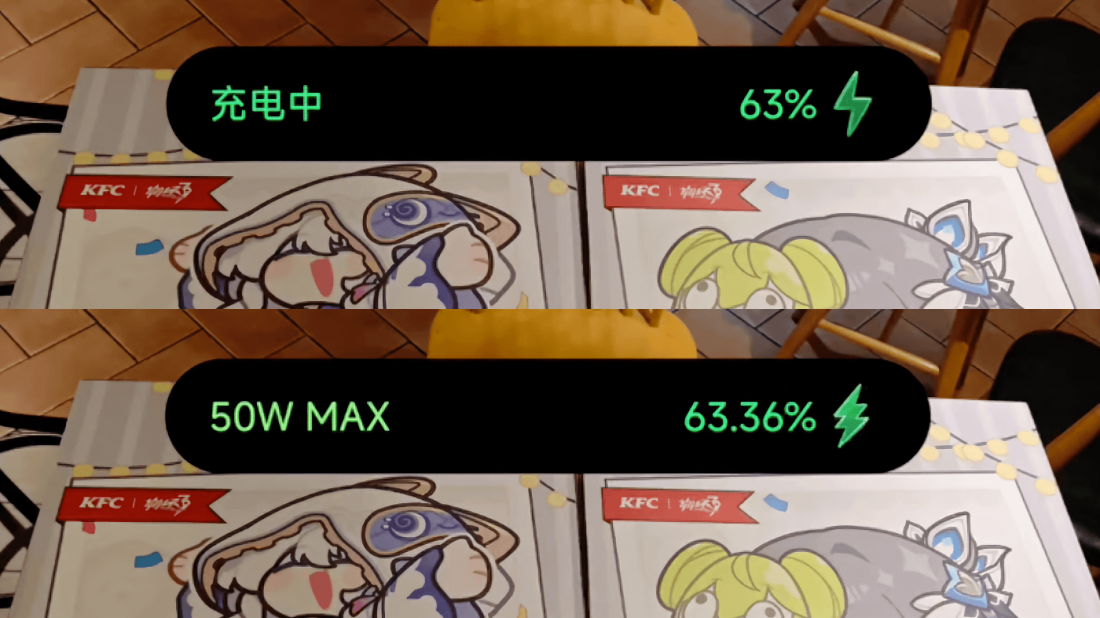
Xiaomi users traditionally have more freedom to customise the interface, so Dynamic Island is more flexible than Apple’s restrictions.
Settings menu
The updated appearance of settings is reminiscent of iOS. Previously, the menu sections were divided by horizontal lines, but now they are gathered in thematic blocks, which looks more convenient.
It is important to realise that not all smartphones and tablets will receive the full HyperOS 2.0 update, which includes all the new features. This is because some devices are unable to support the new features without performance degradation and rapid battery drain.
Moreover, HyperOS 2.0 is based on Android 15 with support for Android 14. Smartphones without Android 15 support (Xiaomi, Redmi, POCO) won’t be able to get the newest features.
Developers have been resorting to this practice since MIUI, when weaker devices lacked new visuals and hid features available on flagships (you can enable hidden functions using the HyperCeiler module).
In HyperOS 2.0, apart from limiting animations, we can expect reduced capabilities of inbuilt AI to put less strain on device resources.
That’s not all of the innovations. This article will be updated as more details emerge. Stay tuned for updates.
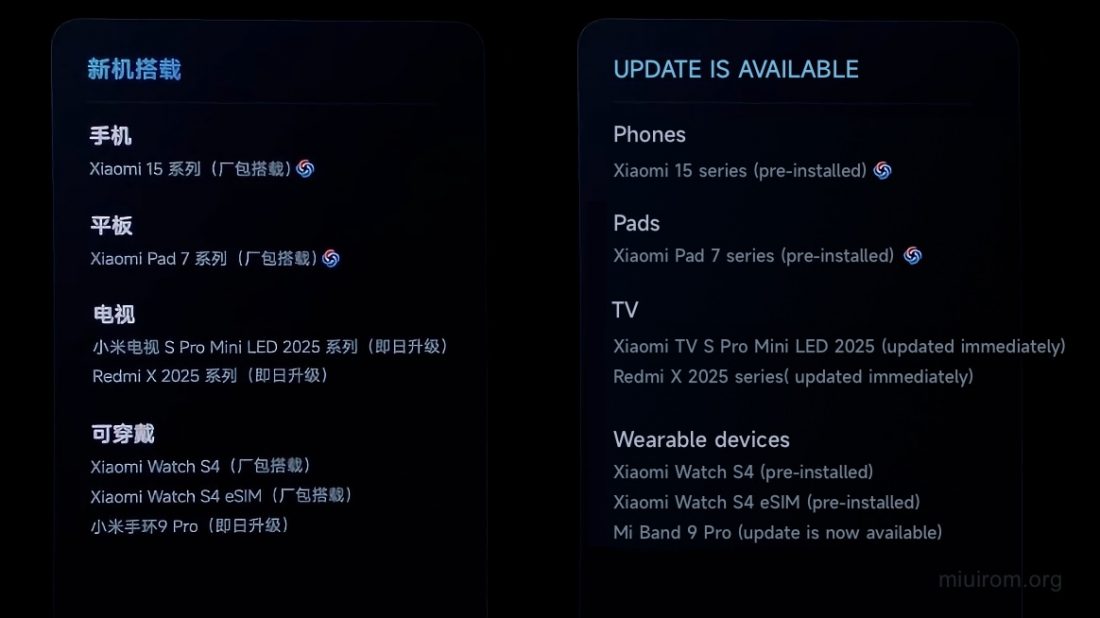
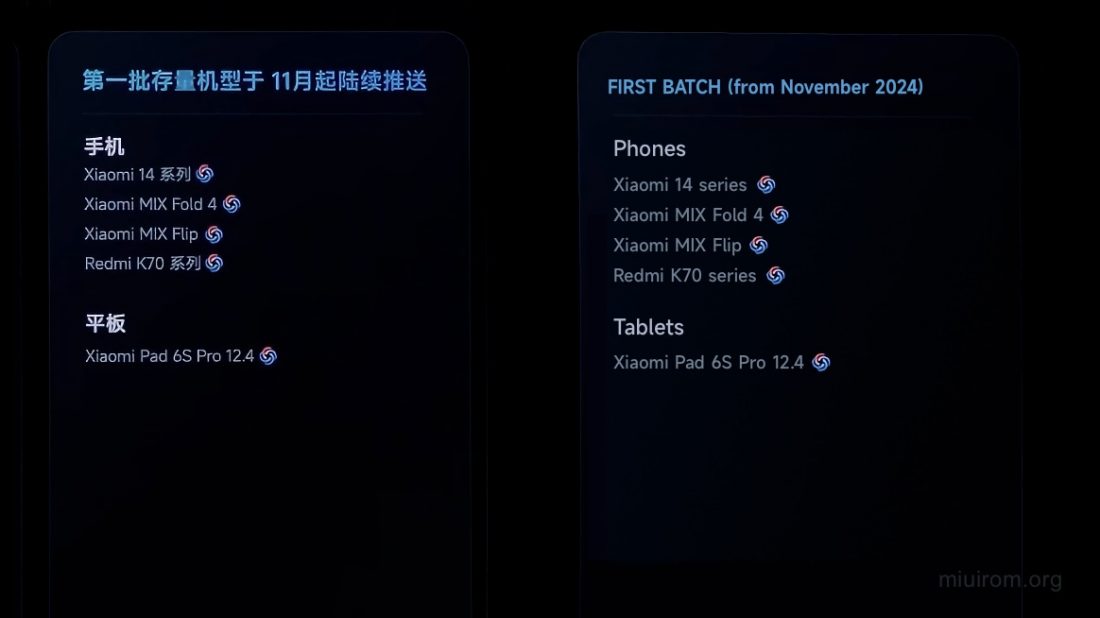
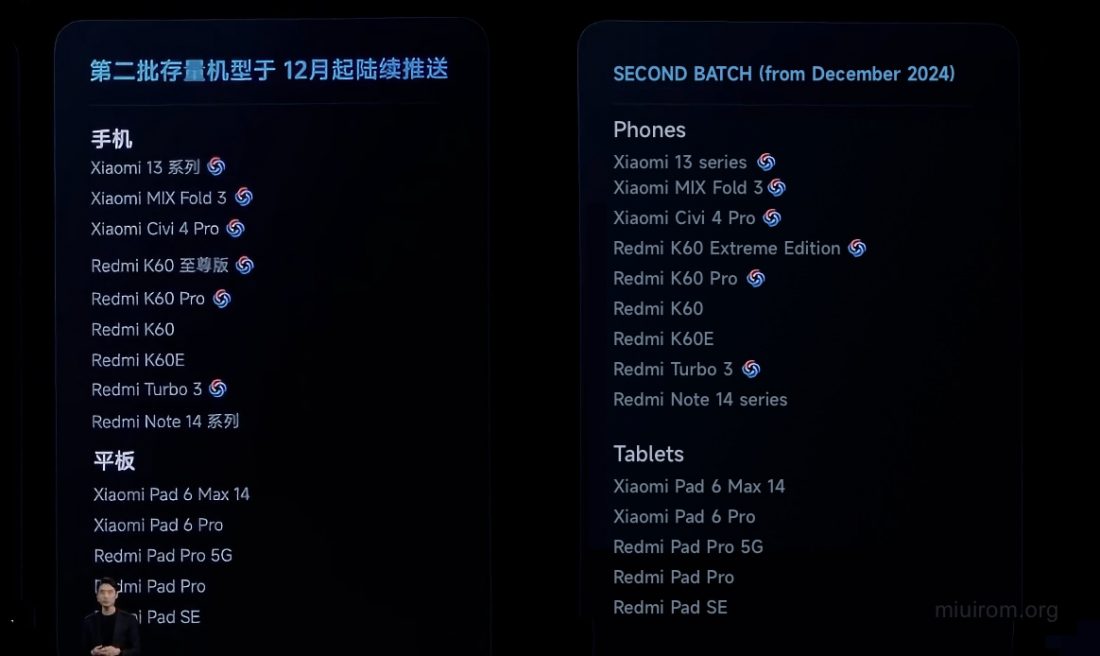
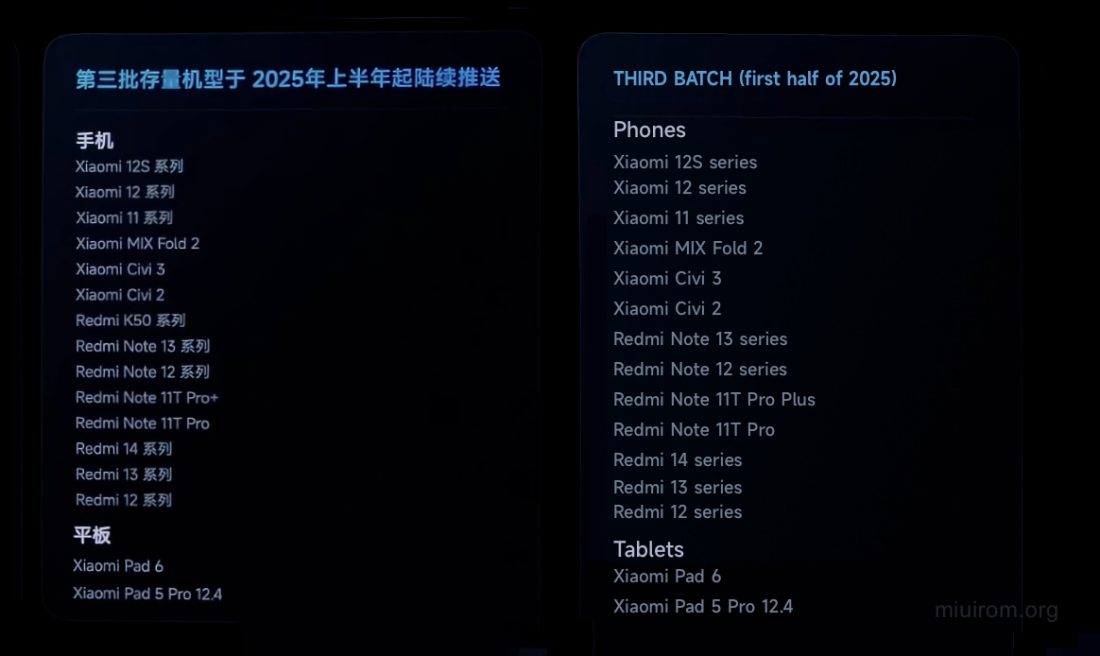
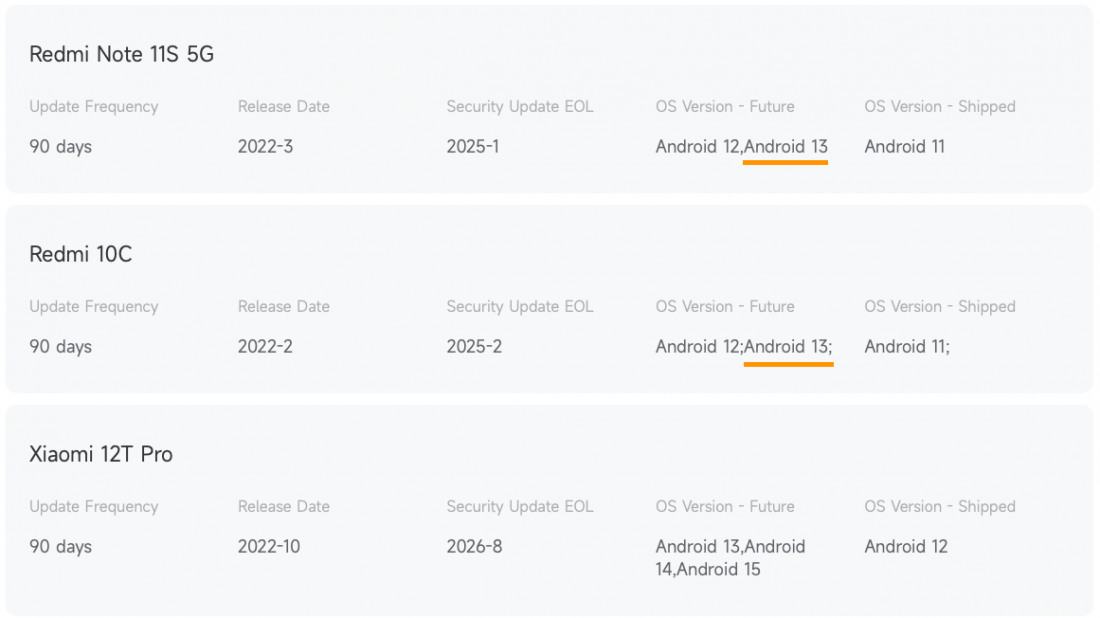
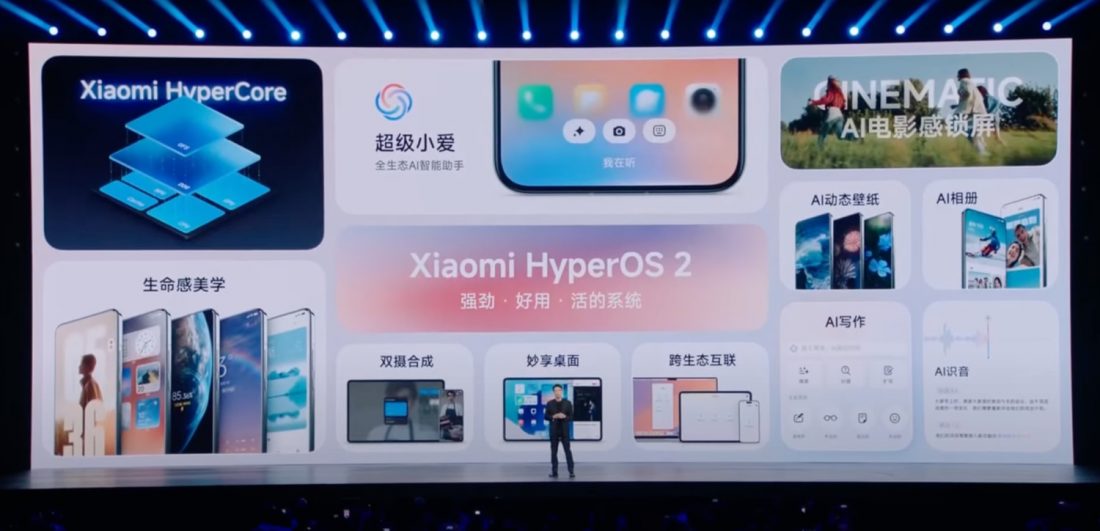
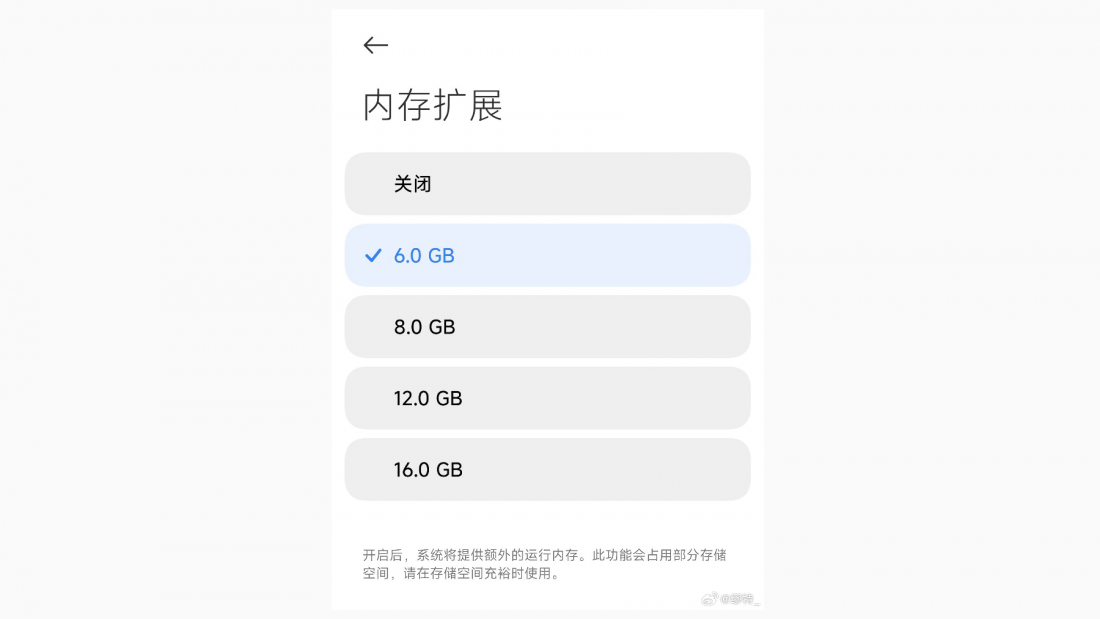

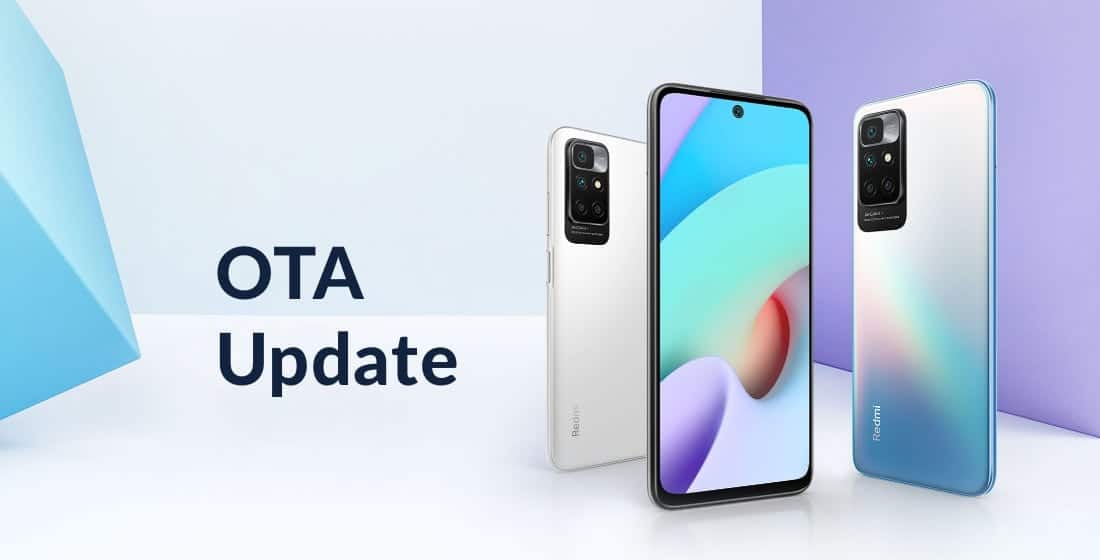
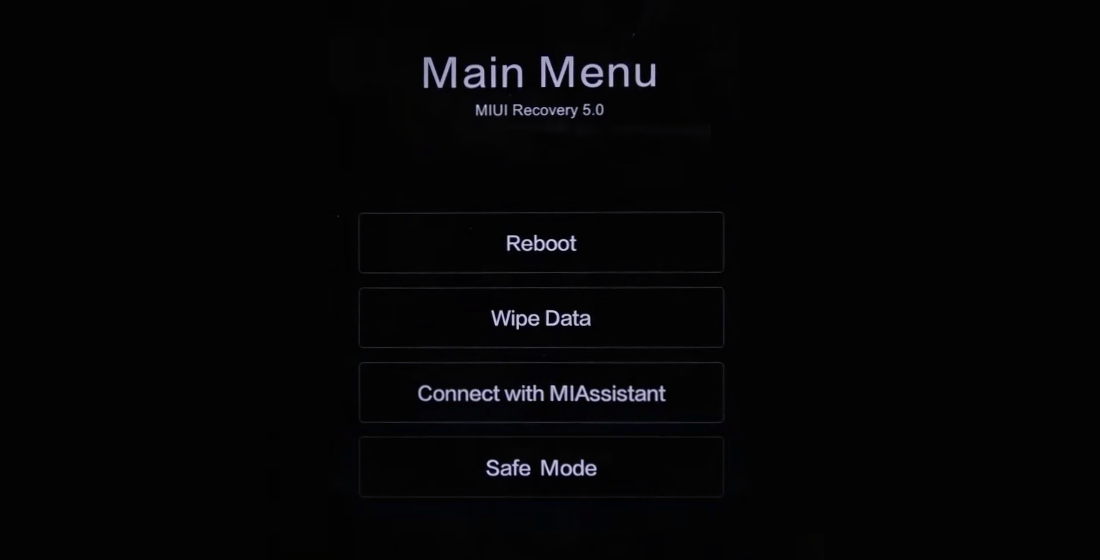
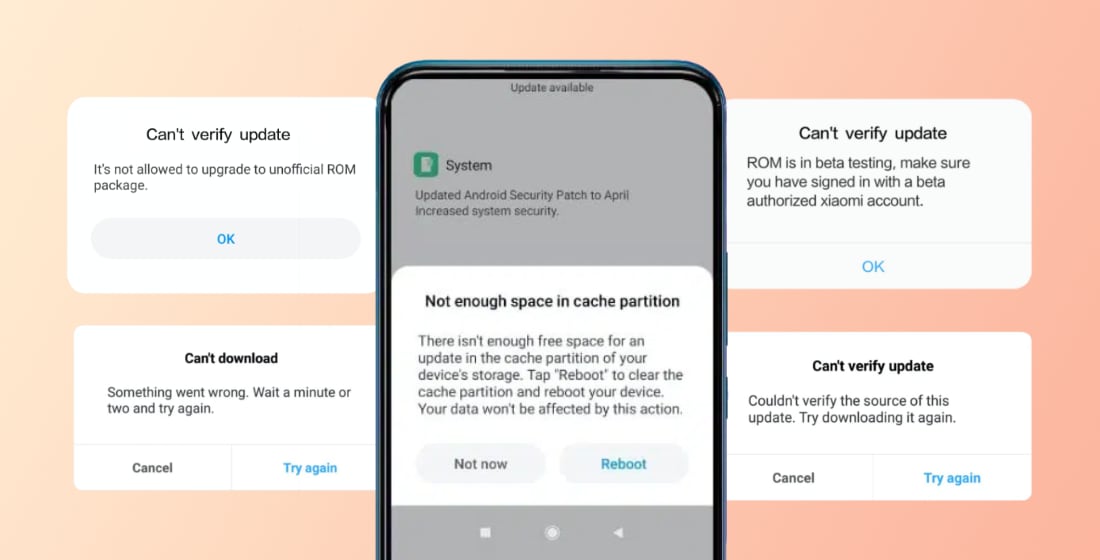


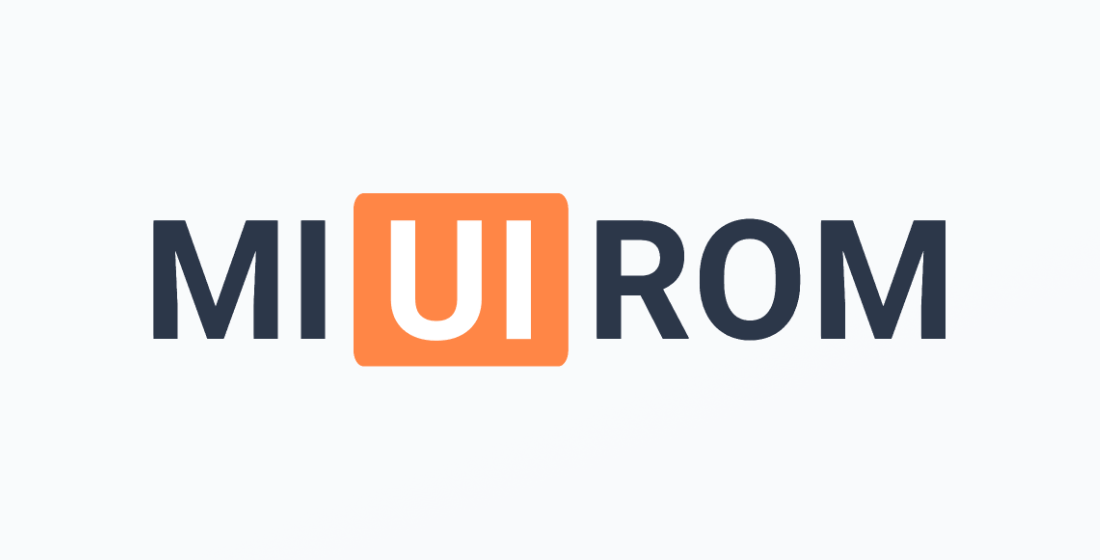








Je cherche à mettre à jour mon téléphone. poco m3 pro 5g Pourquoi a-t-il cessé de le soutenir ?
Le support du POCO M3 Pro 5G a été interrompu en avril 2021. Xiaomi assure généralement le support des smartphones POCO pendant 2 à 3 ans.
today my POCO X6 Pro was suddenly restarting and in bootlop for almost 20-30 mins!! i was just using my phone like normal then suddenly it went loco. This is actually the second time. The first time was a few weeks ago. I was on Whstsapp then suddenly it restarted and was on bootlop for 5-10 minutes. What is wrong with the latest update? Is it only me or anybody else has/had this?
When Poco C55 Get HYPER-OS 2.0
Update 2.0.209.0 is work not phone. some app are can not use. So, please help.
mi11 t pro ?
hyper os2?
later
Xiaomi company not received hyperOS 2.0 update for my redmi A4 5g Plz send me update
Why is my Redmi not getting HyperOS
Bonjour,
Je suis en possession d’un téléphone xiaomi 14t pro et je n’ai aucune mise à jour depuis des semaines.
Je suis toujours sous la version 1.
Pourriez vous m’aider
Merci beaucoup
Why is my Xiaomi not getting updates
Xiaomi actively supports its smartphones only in the first year. I’m speaking as a xiaomi 13 global user who still has hyper os 1.0.9.0.
According to the update policy that Xiaomi guarantees. Phones should receive updates for 3 years. But why is Xiaomi CIVI 1 S not on the list? Will there be an update or is it not worth buying Xiaomi anymore?
Herein lies the problem: Xiaomi has a huge number of phones, but apparently their update system is not fine-tuned.
Will my poco m4 pro 5g will get the update
No. POCO M4 Pro 5G support has ended.
I used mi note 14 5g mobile I not received hyper os 2 update
Xiaomi company not received hyperOS 2.0 update for my redmi note 13 pro plus 5g Plz send me update
How about the REDMI NOTE 12 PRO 4G? HyperOS 2 Android 15?
Kenpa xiomi redmi note 13 ku belum update hyper OS 2.0
Redmi k50 ultra not show hyper os 2
Γεια σας είμαι κάτοχος ενός Xiaomi Redmi Note 11E pro 256gb το πήρα από το AliExpress τρέχει με το λογισμικό MIUI 14.0.6.0 TKCMIXM θα ήθελα να μάθω αν θα λάβει την αναβάθμιση σε HyperOS 2.0…?
Why has my Xiaomi 12T not yet received it?
I have xoimi mi 11 i so will i get the update or am just gonna watch that’s it for my phone?
Redmi note 12 4g hyper os 2.0 update not showing 😕
What’s wrong with poco M4 pro 4g why not eligible 🙂
I was convinced that my redmi note 11 got it yesterday morning. Earlier in the evening I connected it to the charger when it was turned off and in the morning I discovered a bootloop in recovery mode. I ended up here looking for a ROM but I guess that’s not what I was looking for. I don’t necessarily care about the latest Android. For now I’m using a Prestigio with Android 4.4.2 and it’s also great
My device is redmi 13c 5g hyper Os 2.0 update not showing
I’m so sorry for Xiaomi company
Im have xiaomi12X DEVICE
why not received hyperos2 updait???
Please send me update hyperos2 & android 14 or 15 😒
The Xiaomi 12x has been placed on the EOL list. It will no longer receive updates.
In the images of the live stream you have on the website(up) there is nowhere written that REDMI PAD will get hypeors 2 update. Redmi pad se and redmi pad pro will get but not redmi pad. Will you please clarify?
And Xiomi pad 6 isn’t suppose to get the update its last update should be or android 14 which it got.
Last Q hyperos 2’s first update is a14 or a15 it will clarify my above w points
Thank you.
There is no official information about the release of HyperOS 2 for the Redmi Pad. We don’t think it will get an update.
However, it is reliably known that the Xiaomi Pad 6 will not receive Android 15. The latest version for this tablet is Android 14.
Yeah, I had already obtained mine on the 14th. Not too much change and a shame that there were so many bugs. Hopefully the next updates will fix all that. Otherwise I am a global user of Xiaomi (Redmi 12) And again, a very important point for us users of the Redmi 12, no new control center as before on the MUI 😞
Ma quando esce aggiornamento nel redmi note 13 pro?
Redmi note 12 Pro 4G was not mentioned?
Thank for information. I’m sure that my Redmi note 11 pro won’t update
This sites is very nicely and properly understand article.finally i impressed this this site ☺️
Good evening sir my request please update global rom – mi pad 4 plus tablet
We are not Xiaomi
We can’t we are not developers
Please add Mi 11 lite 5g.
They add the lower version (NE) but have no gratitude for those who have their original version.
We can’t add, if Xiaomi won’t add it. We are not Xiaomi developers
I’m using Xiaomi 14 Chinese OS version. I heard HyperOS 2.0 was
already released for Xiaomi 14 China version but I didn’t get it. is it because I’m not in China right now even though my phone has the Chinese OS?
You need change your region to China. If not – you just need to wait.
no bill
What does it mean?
Redmi note 10 4G give me
hyper OS update please
This phone won’t get an HyperOS
অ্যান্ড্রয়েড দিন আসছে না কেন আপডেট দিচ্ছে না কেন
কারণ এখনো সময় হয়নি
Xiaomi 11i hypercharge This phone will not get Hyper os 2 update..
Redmi 12 5g Confirm Hyperos 2.0 ?
yes
No information yet
Will Redmi 13C Get Hyperos 2.0 (Its not 5g)
May be
yes
Yes
How About Poco M5s?
No information yet
Hyper OS 2 Not 13pro plus
My device is redmi13c 5g
HyperOs not showing
Not found update
You can wait or install it manually
Che si sbrighi io prima possibile per 14 ultra perchè sono 20 giorni che lo tengo ed è pietoso. Quindi prima che lo vendo meglio che lo aggiornano. Mai più xiaomi
Qui, purtroppo, non c’è niente da fare
When will Xiaomi HyperOS 2.0 upgrade be pushed to the following devices?
Redmi Note 12 Pro 5G
Xiaomi 13T Pro
Xiaomi 14
There is no information yet
Redmi 13 phone is too Heat up and the Battery is too draining…..
You need to wait a couple of weeks after rhe update.
Apa keluhan redmi13 4g setelah update
No info yet.
Redmi Note 12T pro?
No information yet
Will Redmi Note 12 Pro receive an upgrade update to Xiaomi HyperOS 2?
It seems, that not
Redmi Note 12 Pro會推送Xiaomi HyperOS 2嗎?
最有可能的是,它只会收到安全更新。 第二个HyperOS将无法提供给他
Hi
My poco x6 pro
Is update 2.0 vat karu ka kya kar raha
Sophisticated har just don’t know what you do for you to everyone else is a great
I think redmi pad won’t get hyperos 2 as os update till 2024 either android14
There is no information yet
Redmi note 9 pro miui 14 waste update mobile heating issues solve request